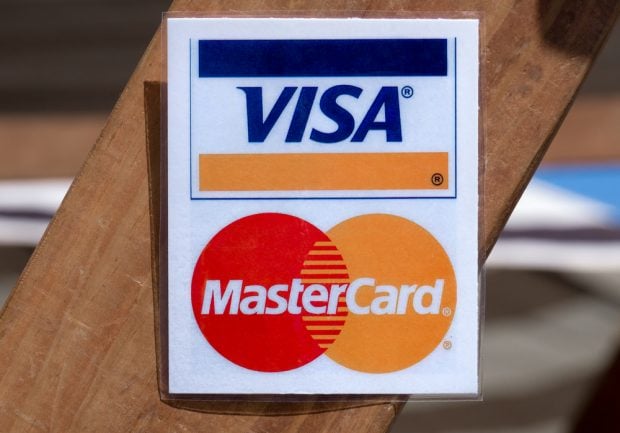Credit unions that serve university students report that thelatest round of credit card regulations will likely restrict thenumber of student members who will able to get cards.
|Prior to the Credit Card Accountability, Responsibility andDisclosure Act that was enacted law last year, the credit unionsreported that they would offer credit cards with low credit limitsuniformly to students, including incoming freshmen. The low limitmade them very low risk for both the student and the credit unionand allowed the student to begin to build credit history, thecredit unions reported. But the new law cuts off many students fromthis sort of card program.
|Ironically, the CUs point out that their card programs forstudents were exactly the kind most card reformers wouldapprove.
|For example, the $90 million Florida State University CreditUnion had a structured student card program designed to botheducate students about the proper use of credit and encourage themto build their credit skills. Under the terms of the program,incoming freshmen credit union members with no credit history couldreceive a credit card with a limit of $500. Then, as long as thestudent kept up with payments and used the card responsibly, everyAugust the credit limit would rise by $500 until, by senior year,the student would have a limit of $2,000.
|“We never had the big promotions with the T-shirts and all ofthat,” said Harmony Nagy, marketing director for the FSU CreditUnion. “We have a credit card program that helps our studentmembers. Now we're going to completely revamp it.”
|The new law forces a change because it forbids credit cardsoffers to people under age 21 without an adult co-signer. Further,college students over age 21 have to meet the usual underwritingcriteria, which usually means having a job.
|Nagy contended that the credit union has a strong card productthat could withstand the scrutiny of any college freshman'sconcerned parents asked to co-sign the credit application, “but theproblem is getting in front of the parent,” she said.
|The $14 million New York University Federal Credit Unionreported that its student card program would not face much impactfrom the new law-primarily because the CU already asked for aco-signer for student cards. Like FSU CU, the NYU FCU also plays arole in financial education for students and the credit card is atool for proper credit education. “I did 23 student seminars onfinancial education as part of last year's fall orientation,” saidMira Ness, NYU FCU CEO. “And this year I will do 10 more.”
|Tom Mantilli, vice president of marketing for the $324 millionHarvard University Credit Union, said the CU will have its studentinterns this summer look at its student card program and recommendchanges.
|Mantilli said the CU, which has roughly 4,200 credit cardaccounts with roughly $11.5 million in available balances, activelypromoted the card to its student members at both the undergraduateand graduate levels.
|“The graduate students are likely not going to be impacted bythe changes since they are older and often have jobs already,”Mantilli said. “The change will likely have much more of an impacton undergraduates, especially those who don't have parents who caneasily co-sign.”
|“We have a lot of undergraduates from overseas,” Mantilli said.“Those are the people who this is really going to hurt because theywill not be able to easily get a co-signer.”
|Complete your profile to continue reading and get FREE access to CUTimes.com, part of your ALM digital membership.
Your access to unlimited CUTimes.com content isn’t changing.
Once you are an ALM digital member, you’ll receive:
- Critical CUTimes.com information including comprehensive product and service provider listings via the Marketplace Directory, CU Careers, resources from industry leaders, webcasts, and breaking news, analysis and more with our informative Newsletters.
- Exclusive discounts on ALM and CU Times events.
- Access to other award-winning ALM websites including Law.com and GlobeSt.com.
Already have an account? Sign In
© 2024 ALM Global, LLC, All Rights Reserved. Request academic re-use from www.copyright.com. All other uses, submit a request to [email protected]. For more information visit Asset & Logo Licensing.









